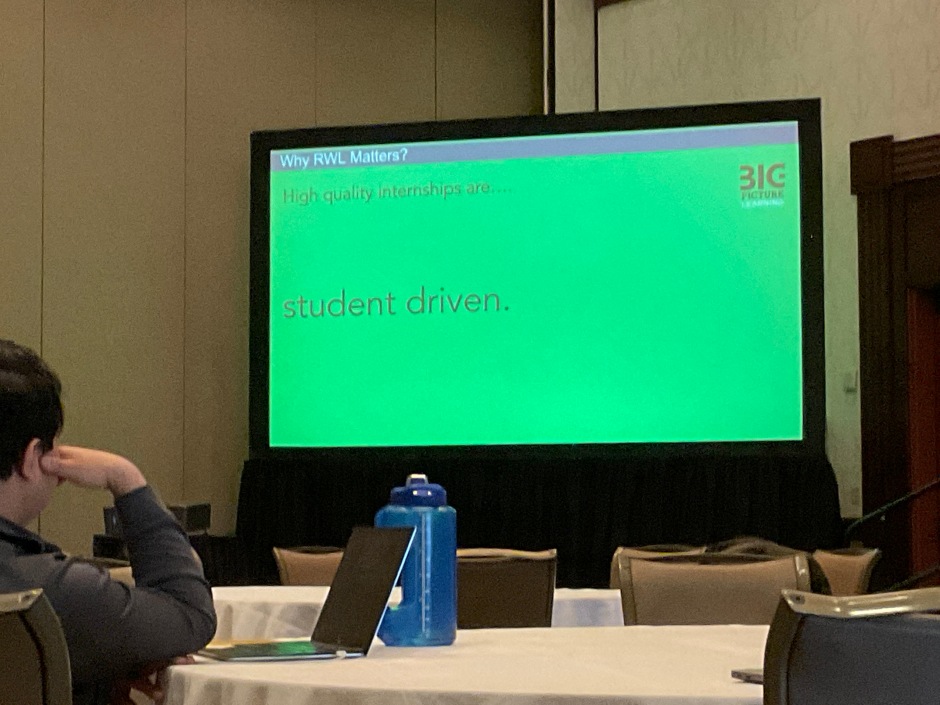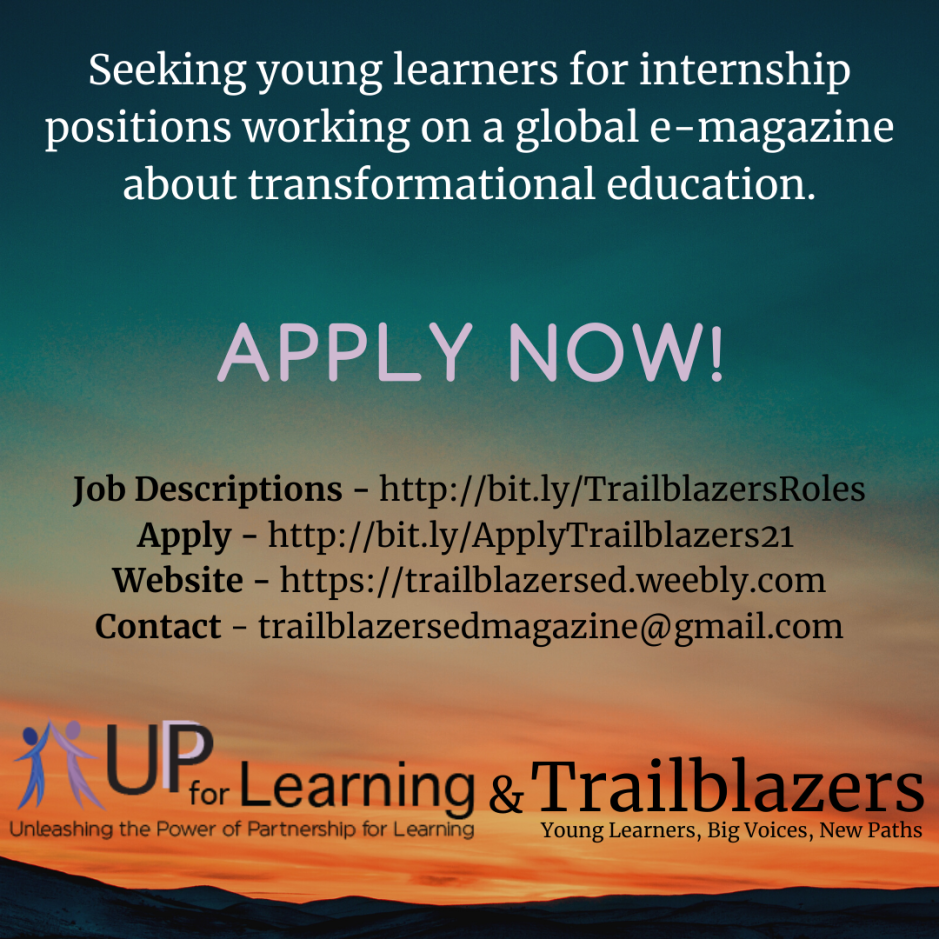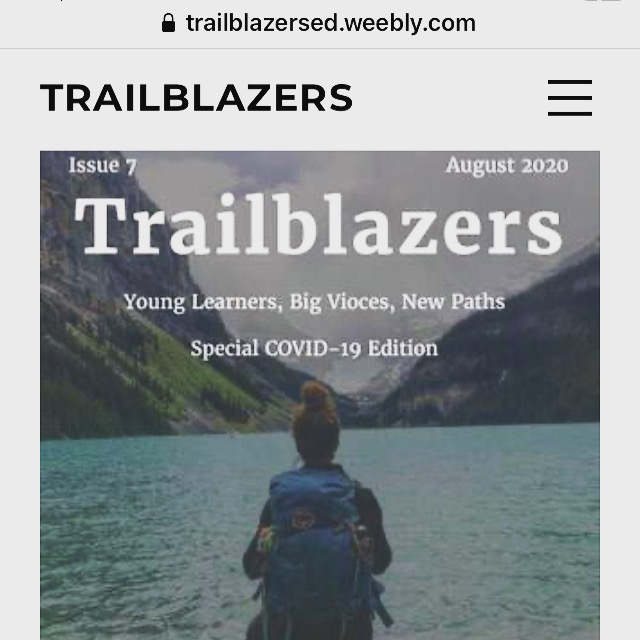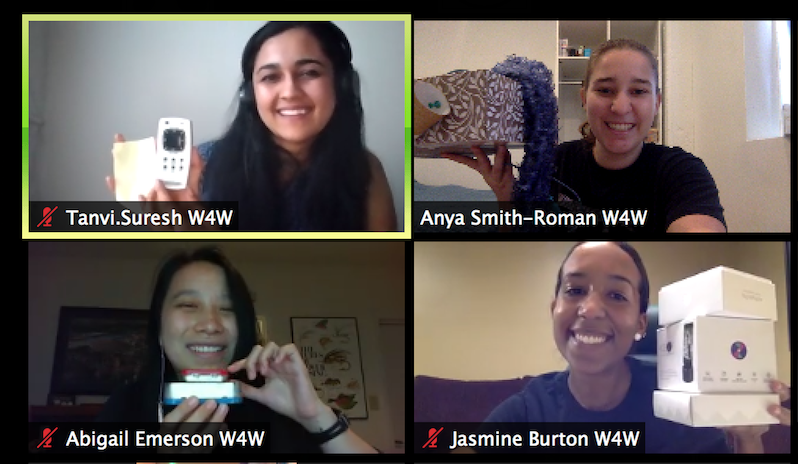One of my primary goals for the future of education has always been to include more students, as well as other not as represented stakeholder groups, in the school decision making process. And I’ve found that a lot of educators share this sentament, and furthermore, there are a lot of educators who actively try to engage students in these conversations. And yet, we still don’t notice all that much student voice in education, and if it is present, it’s often the same few voices. Why is that?
Well this isn’t the full answer to this question, but something I’ve observed is that most students don’t respond to mass open invitations. Doesn’t matter if you blast it in a school email or try to “be with the times” and use social media platforms students frequent on, if it’s a general invitation, most students don’t respond. This isn’t something I can explicitly point at research to support (maybe it exists but I’ve not looked for it or seen it accidentally), but it’s something I’ve noticed from experience when trying to create opportunities for student voice.
I’ve experienced this when trying to get writers for Trailblazers, when hosting events, and when just trying to get people together for a causal but focused discussion. Every time I try a mass marketing method to try and get students involved with education initiatives, I end up with little to no responses. And yet, as a student myself, when I’m just going through life I will frequently hear other students say, “Oh ya, I have a lot to say about XYZ.”
So how do we capture those thoughts? How do we get students to show up to the table? Because it’s not a question of if they have opinions to share, it’s a question of how we hear them.
I didn’t realize that this was a unique insight until working on this project with OpenIDEO where I was involved in a conversation around trying to brainstorm social media marketing geared towards getting students to contribute to the design challenge. The brainstorming was discussing things like word choice, length, what slogans are cool now, what platforms to use, what if we could get students to respond on the platform then challenge their friends to do it and like all of those other challenges happening in quarantine, etc.
But I realized the conversation was likely pointless… I told them how I don’t consider myself to be gifted with social media or marketing but in my experience most students don’t respond to those kinds of campaigns for education stuff. And the other student on the team (who I had no relation to before joining this project), confirmed my opinions with a bit more socially minded perspective suggesting that kids use social media mostly for fun and entertainment and those challenges that get passed along are because they’re easy and goofy; an education challenge would require actual thought work and time, so student’s probably won’t engage with it.
I actually don’t know what kind of marketing they ended up going with because I didn’t really look out for it. Though considering I find myself more frequently viewing education social media than the normal student and I didn’t see it, I’m guessing not many other students did either if there was a specific marketing campaign geared towards students.
Yet, for some silly reason, even after this conversation, I still choose the same strategy for trying to get people to join my discussion/brainstorm session held earlier today about learning during COVID-19…
I posted on every social media platform I have including some group chats with students who have previously demonstrated interest in education transformation focused events, and even got some likes and retweets, yet, as I expected only 1 person actually showed up to the Zoom call today. And that was my best friend who I explicitly asked before setting up anything, “Hey does this time work for you, because then at least worst case scenario, no one else shows up and I can at least pivot the discussion to an interview with you.” My little sister did also show up about half way through, and the three of us did have a good conversation from a variety of perspectives about the challenges and opportunities with online learning. So I don’t think the event was a total bust, though it was pretty much exactly as I had cautioned the rest of the IDEO team.
So what to do about this?
Well, what I have noticed is that students are very likely to respond if they’re specifically reached out to. For example with Trailblazers, which I consider a long term individual comittment since the writing/editing process takes place over a number of weeks mostly independently, this means we try to contact teachers we know from different schools and get them to identify specific students we can ask to write. While in school, it looks like seeing students in person and 1:1 asking them to join a meeting then following up with the calendar invite. Even when trying to get teacher participation to join a student-teacher card game tournament, we were much more successful when we individually delievered each teacher a typed and stamped invite in person. And for short term projects, such as this design challenge it means I try texting individually all the other students I have info for.
Now I knew this information before sending out my mass media open invitation, so you may wonder, why did I still choose the mass media route anyway? Well, it’s a lot easier to send mass invitations, esspcially in regards to time which is something I have not had much of this past week with midterms being upon me. So trust me, I know it doesn’t seem like the most efficient method to individually send out requests/invites for students to share their thoughts/opinions/stories, but in my experience it has always proven to have a greater response rate.
It was the exact same message I shared on social media, yet when texted individually I got 12 responses with-in 30 minutes even when sent at 10:30pm/later at night and had at least 3 others specifically say they’d get back to me tomorrow. Versus my media posts had been out for a week and I had 0 people respond to my questions in the comments and 0 people show up due to those posts. (My best friend and sister only showed up to the Zoom because I specifically asked/bugged them about it and they confirmed as much.) That’s an over 1200% better response rate with the same message… And for some responses I was given paragraph long answers per question. That means students had a lot to say and were willing to take the time to say it, they just had to be prompted to thinking their opinions in particular mattered.
There’s a lot that can be claimed about what this says about my generation that we don’t respond to mass messages but will give lengthy responses to personalized messages. (Really not even personalized, just individually sent because I sent pretty much identical messages to everyone, just sometimes slightly changing the initial greeting sentence if I was texting a parent to get their child’s response vs a peer.) And again, perhaps I’m making this sound too generalized, but I feel like I’ve had this happen on a lot of occasions at this point (I can think of at least 5 examples off the top of my head). However, I don’t share this information to make claims about my generation, I’m just sharing an observation/theory that has proven to be true on numerous occasions:
If you want a greater variety of student voices involved in the conversation, try asking indidviduals directly rather than just, “Hey anyone who’s interested I would love your response to…”











